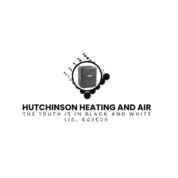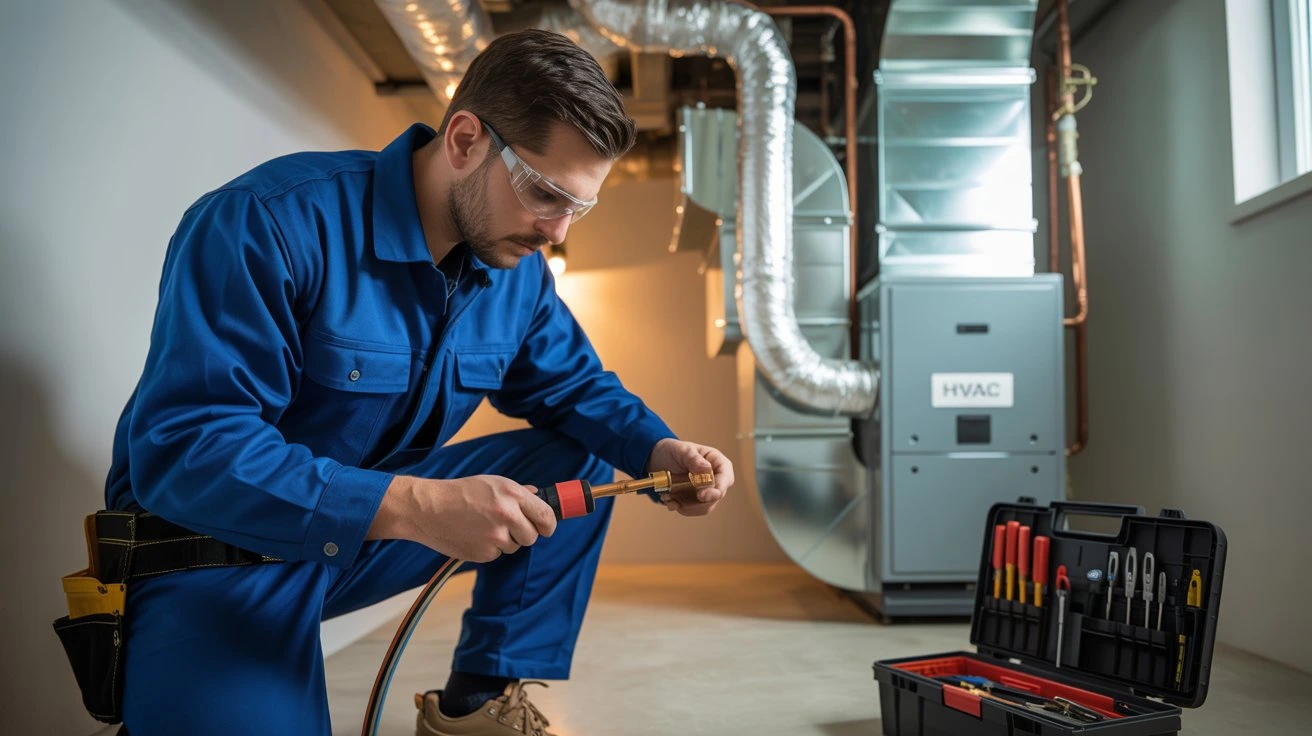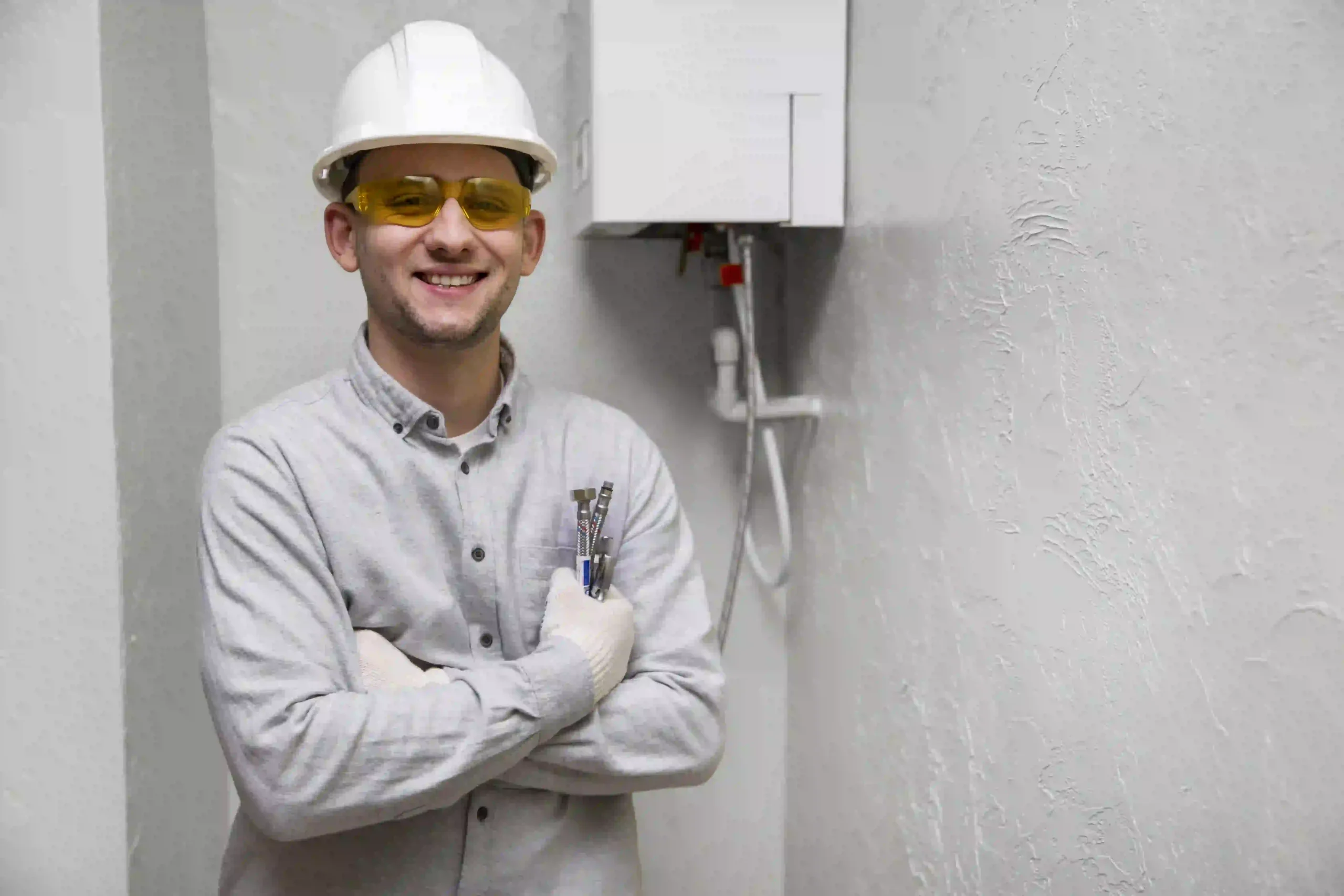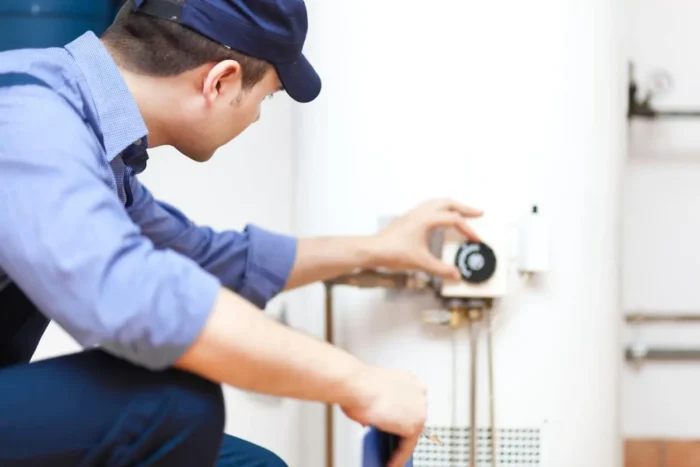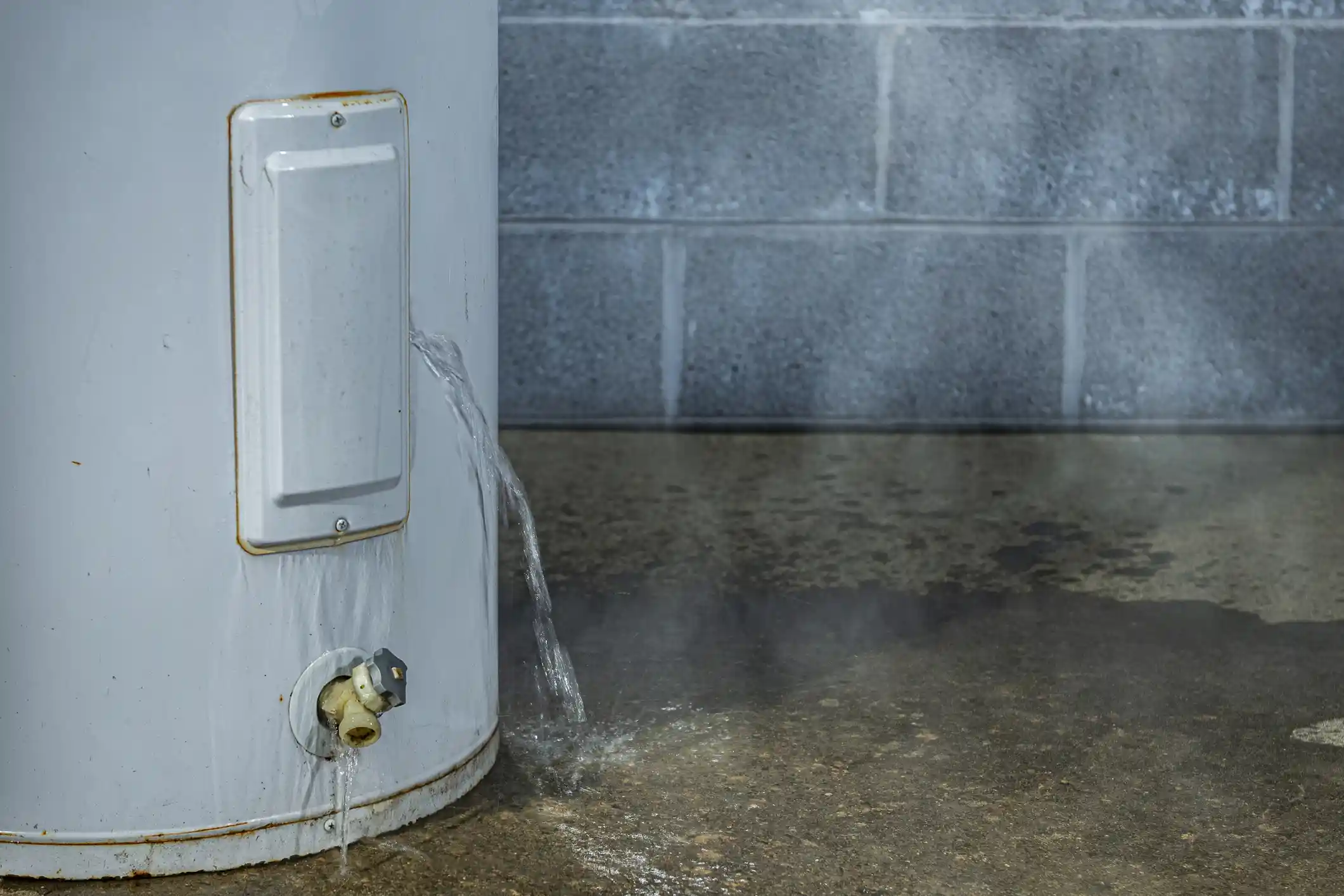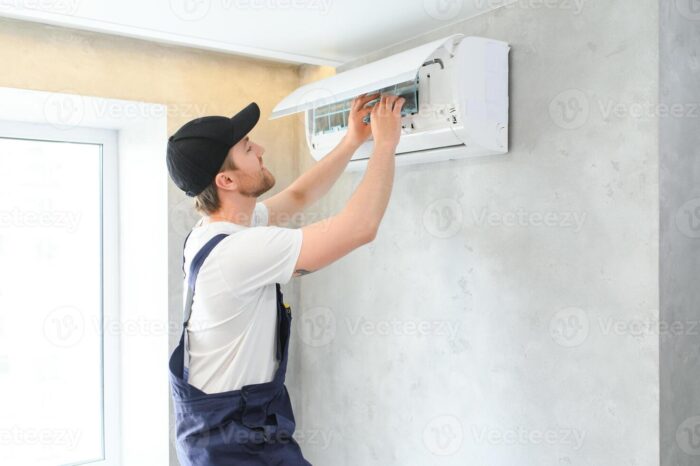For a standard home, the cost of replacing the HVAC system typically ranges between $5,000 and $15,000. However, a higher cost may apply to larger homes or high-efficiency models. In addition to the type of system, its size, as well as any additional installation or site preparation work required, the final price depends on a variety of factors.
This guide will explain how much it costs to replace an HVAC system, covering the components, labor, and other factors that influence the overall cost.
What Affects HVAC Replacement Cost
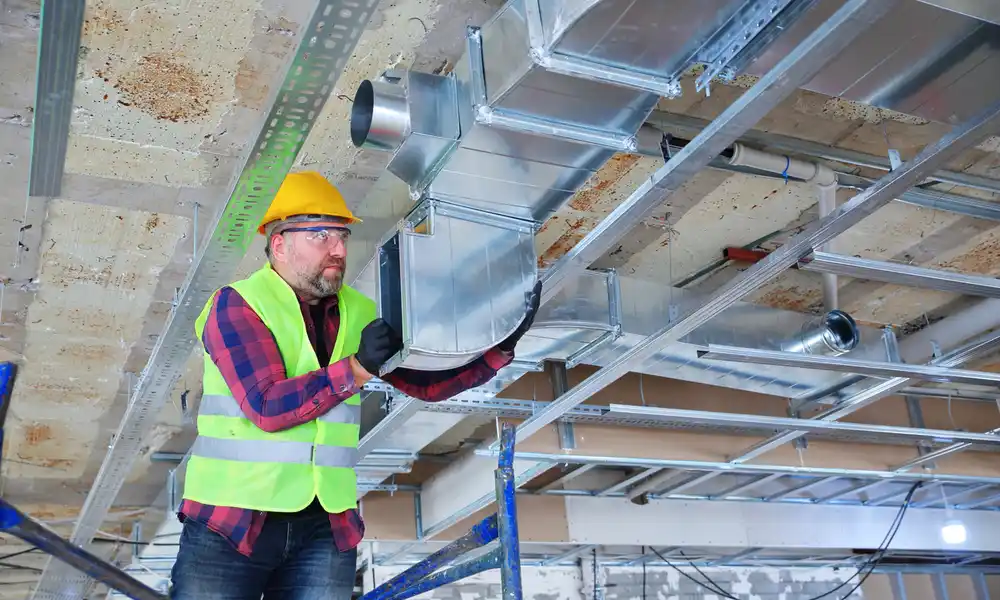
Several key factors influence the heating and cooling replacement cost. The size of your home and the required system tonnage play a major role. Larger homes require more powerful systems, which increase overall costs. SEER and AFUE ratings can increase the upfront cost of equipment, but they can also result in long-term energy savings. Complex installations, ductwork modification, and regional labor rates may also result in higher costs. Furthermore, permits and old system disposal fees can contribute modestly to the total cost of HVAC replacement.
Equipment vs labor | where the money goes
In order to evaluate the cost of replacing your heating and cooling system, it is important to understand that expenses are typically split between equipment and labor. HVAC equipment accounts for about half of the cost, while installation labor and additional materials account for the remaining half. Purchasing premium brands or advanced features, such as two-stage compressors, heat pumps, or variable-speed blowers, may result in significant increases in equipment costs.
If ductwork needs to be replaced, a new thermostat must be installed, or old equipment must be removed, labor costs may increase. It is important to consider financing options, warranty coverage, and rebates, which are all factors that affect your final out-of-pocket expenditure. The heating and cooling replacement cost should be calculated as a total if you are replacing both furnace and air conditioner.
Average Cost of Replacing HVAC System
To assist homeowners in estimating the cost of replacing their HVAC systems, here is a general pricing overview. These are average ranges based on typical U.S. installations. Please note that actual costs may differ depending on the size of your home, the type of system, and local labor rates in areas like Murrieta and Temecula. For the most accurate estimate, please obtain an on-site quote from a licensed contractor.
| Service | Typical cost range (USD) | What it usually includes | Notes |
|---|---|---|---|
| Central AC only (3 ton) | $3,500 – $8,000 | Condenser, evaporator coil, basic install | Higher for high SEER units or difficult installs |
| Furnace replacement (gas or electric) | $1,500 – $7,500 | Furnace unit, basic installation | High efficiency models cost more |
| Full system replacement (furnace + AC) | $5,000 – $15,000 | Both units, standard installation | Most common full replacement cost range |
| Heat pump split system | $6,000 – $18,000 | Outdoor heat pump, indoor air handler | Good for heating and cooling in one system |
| Mini split ductless (single zone) | $2,000 – $6,000 | Indoor head and outdoor unit, install | Multi zone systems cost more |
| Ductwork repair or sealing | $1,000 – $6,000 | Patching, sealing, minor fixes | Sealing can improve efficiency and reduce smells |
| Full duct replacement | $4,000 – $12,000 | New duct system | Varies with home size and access |
| Smart thermostat upgrade | $150 – $400 | Device and installation | Can save energy over time |
| Condensate drain or drain pan cleaning/repair | $150 – $600 | Cleaning or small repairs | Often fixes musty odor from standing water |
| Mold remediation in ducts | $500 – $4,000 | Cleaning, encapsulation or spot treatment | Cost depends on extent of contamination |
| System tune up / maintenance visit | $100 – $250 | Inspection, clean filters, basic checks | Recommended yearly to prevent problems |
| Permits and disposal fees | $150 – $800 | Local permit, old unit disposal | Local fees vary widely |
Quick Note for Homeowners
Your home may have a musty odor, but it may be a minor problem that can usually be resolved with a simple condensate drain flush or evaporator coil cleaning, which are relatively inexpensive fixes. It is best to get a detailed quote from a licensed HVAC professional for a reliable estimate if the smell is originating from ductwork or hidden mold. If the smell is coming from ductwork or hidden mold, the costs may increase. All equipment, labor, ductwork, and electrical upgrades should be included in this estimate.
What Local Techs Check First
When evaluating your system, local HVAC professionals begin by examining key components that can impact the scope of the job. A few of these factors include the condition of your ductwork, your electrical panel capacity, the type of refrigerant used, the drainage of your condensate line, and the cleanliness of your air filter. Those problems can turn a straightforward system swap into a complex undertaking. In the case of damaged ducts or a clogged drain line, standing water can eventually lead to mold growth, which is often the cause of persistent indoor odors.
When replacement is smarter than repair
If repairs cost more than half the price of a new system, if the unit is older than 12 to 15 years, or if repairs keep repeating, replacement usually makes sense. New systems run cleaner, use modern refrigerants, and are more efficient. This lowers monthly bills and reduces emergency calls. Sometimes owners ask why my ac smell musty even after repairs. That can push the choice toward replacement if the smell comes from hidden duct mold.
Smart Ways to Save on HVAC Replacement
Choosing a system that’s properly sized for your home can prevent waste of energy and unnecessary costs. Take advantage of rebates and tax incentives for energy-efficient units to reduce upfront costs. Ask about financing options and off-season discounts to reduce your overall costs. If your existing ductwork is in good condition, replacing only the equipment can be the most cost-effective and quickest option. If duct repairs are required, please request a detailed quote in advance to avoid any surprises.
When Indoor Odors Impact Replacement Decisions
Mold build-up on evaporator coils, dirty drain pans, clogged condensate lines, or moisture issues in ductwork can cause a persistent musty smell within the house. When your system has an odor, a thorough cleaning or part replacement combined with improved airflow is usually sufficient to resolve it. However, if the ductwork is aging or heavily contaminated with mold, a deep cleaning or full replacement may be the best long-term solution. By addressing odor problems before or during your system upgrade, you can ensure that your new unit will not continue to circulate unpleasant odors from your old unit.
Final Note
If you are deciding whether to repair or replace your HVAC, get a estimate from a licensed local team. For honest HVAC installation and clear hvac replacement cost estimates in Murrieta and Temecula, contact Hutchinson Heating and Air to book an inspection or request a quote
FAQs
How much does it cost to replace an HVAC system?
A full replacement typically runs about $5,000 to $15,000. Exact price depends on home size, system efficiency, and any duct or electrical work.
What does the HVAC replacement cost usually include?
It covers the new equipment, basic installation, permit and disposal fees. Extra charges apply for ductwork, electrical upgrades, or difficult access.
How long does an HVAC installation take?
Most straightforward installs finish in 1 to 3 days. Bigger or complex jobs can take longer.
How long will a new HVAC system last?
Expect 12 to 20 years with regular maintenance. Proper care and seasonal tune ups extend life and save money.
Should I repair or replace my system?
Replace if the unit is older than 12 to 15 years or if repairs cost more than half a new system. Otherwise repair and keep maintaining it.
Can I finance a new HVAC system?
Yes many companies offer financing and monthly plans. Also ask about rebates or tax credits to lower upfront cost.
Do I need new ductwork when replacing the system?
Not always. A tech will inspect ducts and recommend sealing, repairs, or replacement based on condition.
What warranties come with a new system?
Most systems include a manufacturer warranty and some installers provide labor warranties. Get all warranty terms in writing before you buy.
